Stunning Agate “Rock” Turns Out To Be 60 Million-Year-Old Dinosaur Egg
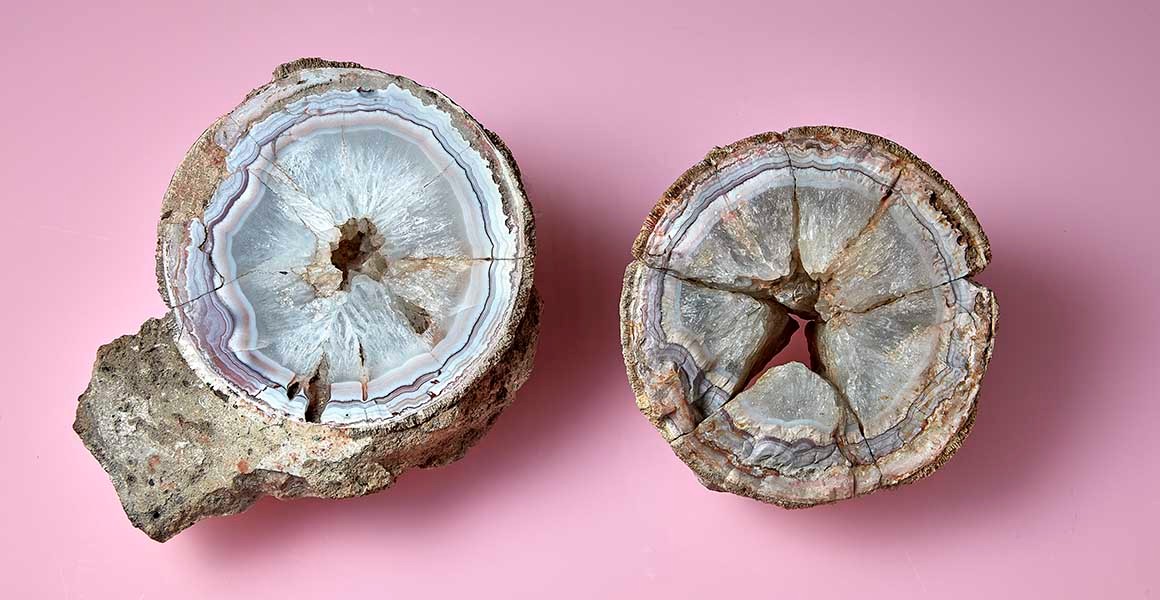
Walk through any museum’s storage rooms, and you’ll find shelves lined with specimens that have waited decades—sometimes centuries—for their stories to be told. Boxes hold fragments of meteorites, fossilized shells, and mysterious rocks that arrived with handwritten labels from explorers long gone. Most visitors never see these hidden treasures, but occasionally, one specimen changes everything we thought we knew.
In London’s Natural History Museum, a beautiful pink and white specimen sat quietly for 175 years. Cataloged as agate, admired for its spherical shape and banded patterns, it seemed like just another pretty rock in a vast collection. But sometimes, the most extraordinary discoveries happen when we least expect them—when curiosity meets chance, and old assumptions crumble in the face of new understanding.
When Museum Treasures Hide Ancient Secrets

Since 1883, a remarkable specimen has been on display in the London Natural History Museum’s Mineralogy Collection. Measuring 15 centimeters across and almost perfectly spherical, this pink and white agate caught visitors’ eyes with its attractive interior colors and polished surface.
Museum staff had no reason to question its identity. Charles Fraser collected it from central India during an era when scientific knowledge was still operating within different boundaries. Victorian scientists possessed impressive skills, but paleontology was still in the process of developing its methods for identifying prehistoric specimens.
Collections like these serve as time capsules, preserving Earth’s history for future generations to decode. Each specimen carries stories that unfold as technology advances and scientific understanding deepens. What appears ordinary to one generation might revolutionize knowledge for the next.
Museums worldwide house millions of specimens that haven’t received thorough modern analysis. Storage rooms contain discoveries waiting to happen, mysteries that patient curators will eventually solve using tools and techniques not yet invented when the specimens first arrived.
One Curator’s Lightbulb Moment at a French Mineral Show
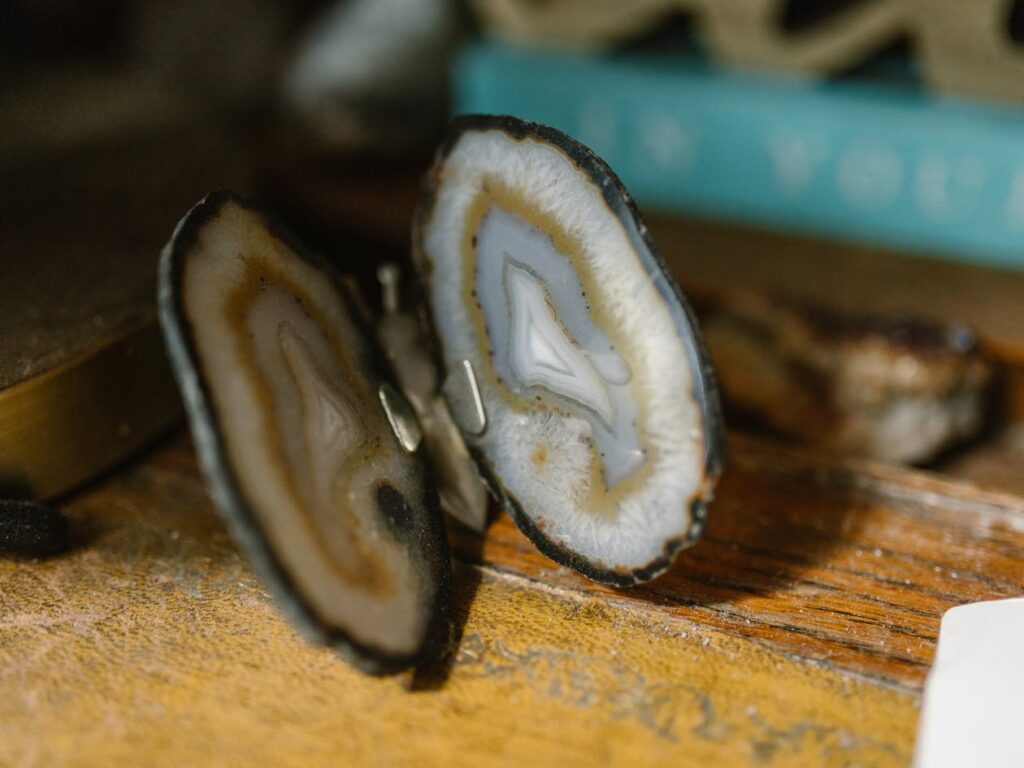
Robin Hansen, one of the Museum’s Mineral Curators, first noticed something special about this particular specimen while preparing displays for 2018. As specimens were moved from storage to the exhibition space, Hansen scrutinized each piece, ensuring that visitors would see the collection’s finest examples.
Later that year, Hansen attended a mineral show in France, browsing dealers’ collections and observing new specimens. During these visits, curators often discover patterns, make connections, and gain fresh perspectives on familiar objects.
At the French show, one dealer presented an agatised dinosaur egg that immediately captured Hansen’s attention. “While I was looking around the show, a dealer showed me an agatised dinosaur egg, which was spherical, had a thin rind, and dark agate in the middle,” Hansen recalled. “That was the lightbulb moment when I thought: ‘Hang on a minute, that looks a lot like the one we’ve just put on display in the Museum!'”
Scientific breakthroughs often happen this way—through connections made between seemingly unrelated observations. Hansen’s trained eye recognized similarities that others might miss, demonstrating how expertise develops through years of careful observation and comparison.
From Pretty Rock to Prehistoric Marvel
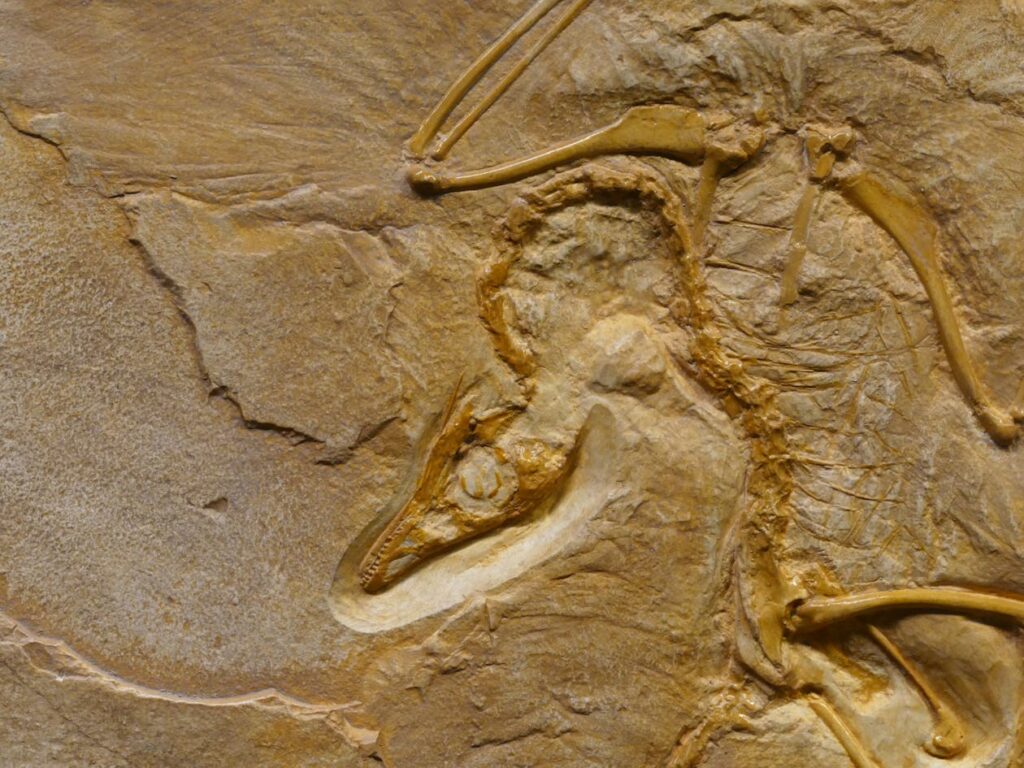
Hansen brought concerns about the specimen to the museum’s dinosaur experts: Professor Paul Barrett and Dr. Susie Maidment. These specialists possessed different training and perspectives, approaching the specimen with fresh eyes and alternative interpretations.
Initial examination revealed promising signs. Around the specimen’s exterior, a thin layer resembled shell material more than typical mineral formations. Additionally, the surface suggested that multiple objects had been gathered together—a characteristic pattern found in dinosaur nesting sites.
Scientists attempted CT scanning to reveal internal structures without damaging the specimen. Unfortunately, the density of agate prevented the technology from capturing finer details that might have confirmed their hypothesis definitively.
Despite technological limitations, the team gathered sufficient evidence to support their theory. Size, shape, and surface features matched other titanosaur eggs discovered in China and Argentina. Comparative analysis across continents strengthened their confidence in the identification.
Charles Fraser’s 1883 Collection Mystery Solved
Charles Fraser’s original collection from central India arrived at the museum during an era when dinosaur eggs were not yet recognized as scientific specimens. Scientists in 1883 possessed impressive knowledge about minerals and geology, but paleontology was still establishing fundamental principles about prehistoric life.
“This specimen is a perfect example of why museum collections are so important,” Hansen explained. “It was identified and cataloged correctly as an agate in 1883 using the scientific knowledge available at the time.”
Fraser’s work exemplified Victorian scientific exploration—careful collection, detailed documentation, and preservation for future study. His meticulous approach ensured that specimens survived long enough for modern science to reveal their true significance.
Museum collections bridge centuries of scientific progress. Specimens collected by one generation become research materials for scientists who haven’t yet been born, using technologies that don’t exist yet to answer questions that nobody has thought to ask yet.
Titanosaur Parenting Secrets Written in Stone
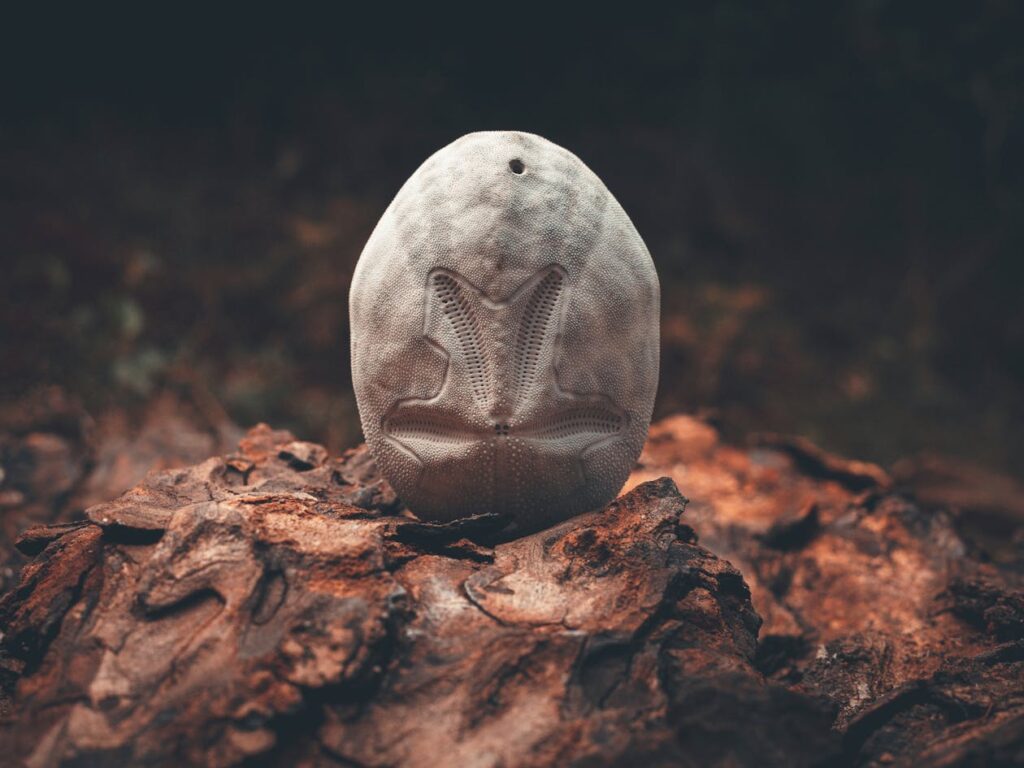
Sixty million years ago, during the Cretaceous period, titanosaurs dominated India’s landscape. Despite their massive size—some species reached lengths exceeding 30 meters—these giants laid surprisingly small eggs in large clutches containing 30 to 40 individual specimens.
Unlike many modern reptiles and birds, titanosaurs provided no parental care after laying their eggs. Females would deposit clutches in suitable locations, then abandon them to develop independently. This reproductive strategy maximized offspring numbers while minimizing parental energy investment.
Titanosaur eggs from different continents share remarkable similarities in size, shape, and surface texture. Specimens from China, Argentina, and now India demonstrate consistent characteristics across vast geographical distances, suggesting standardized reproductive behaviors throughout the species’ range.
Volcanic activity frequently influenced egg preservation during this period. Eruptions could rapidly bury nesting sites, creating conditions that fostered fossilization while simultaneously destroying the developing embryos inside.
Volcanic Violence Creates Geological Art
Understanding how agate formed within this dinosaur egg requires imagining dramatic geological processes that occurred over millions of years. Volcanic eruptions in ancient India created conditions that both destroyed and preserved evidence of prehistoric life.
Initially, volcanic activity buried the egg clutch under layers of solidified rock. Intense heat and pressure killed any developing embryos while creating sealed chambers that would eventually house mineral formations.
Over geological time, internal organic structures decomposed completely, leaving hollow spaces within the protective shell. Silica-rich groundwater gradually penetrated the volcanic rock, seeping into these empty cavities through microscopic cracks and pores.
As silica-rich water repeatedly filled and evaporated from the egg cavity, distinctive banded patterns formed within it. Each cycle deposited additional layers of minerals, creating the beautiful agate specimen that captured the attention of Victorian collectors. “It is only now that we have recognized that this specimen has something extra special – the agate has infilled this spherical structure, which turns out to be a dinosaur egg,” Hansen noted.
Why This Discovery Changes Everything
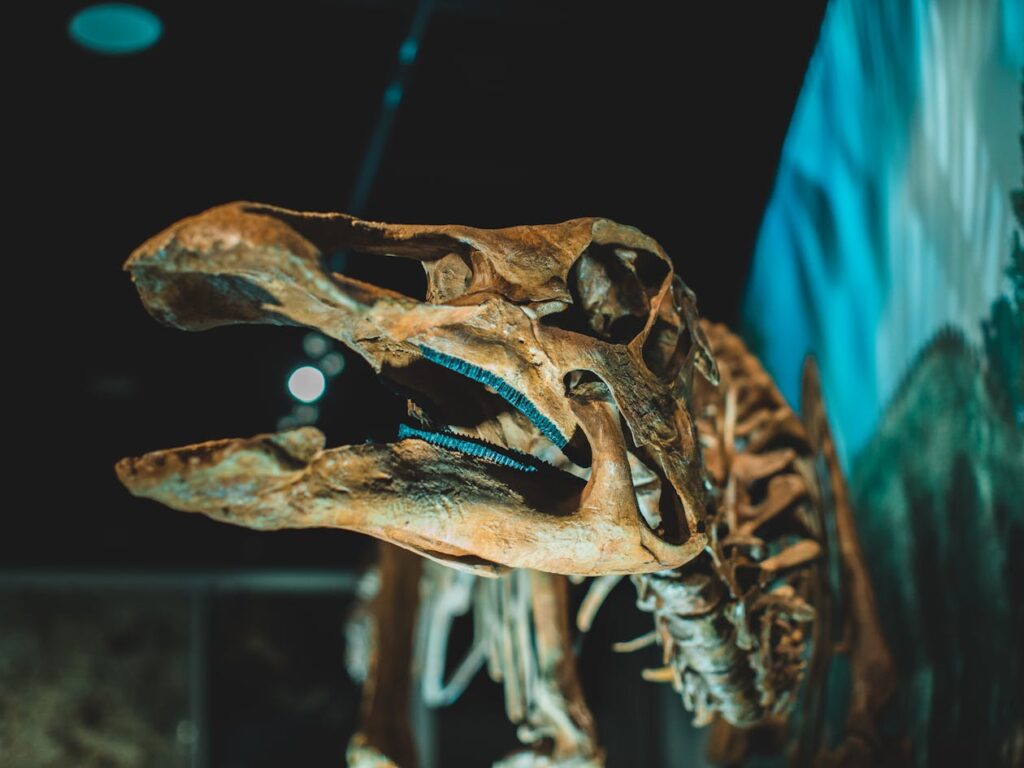
Scientific knowledge builds through accumulated observations and revised interpretations. Each discovery forces scientists to reconsider previous assumptions and evaluate evidence using new frameworks and advanced technologies.
Museums serve as guardians of scientific potential, preserving specimens until humanity develops tools sophisticated enough to unlock their secrets. Collections contain countless mysteries waiting for the right combination of knowledge, technology, and curiosity to reveal their significance.
Modern analytical techniques continue advancing rapidly. CT scanning, electron microscopy, isotope analysis, and DNA extraction provide unprecedented insights into specimens collected centuries ago. Future technologies will undoubtedly reveal secrets that current methods cannot detect.
Educational value extends beyond individual discoveries. Each reidentification demonstrates how scientific understanding evolves, encouraging students and researchers to question established knowledge and pursue alternative explanations for familiar phenomena.
Science’s Greatest Detective Stories Live in Museums
Every museum houses thousands of mysteries. Storage rooms contain specimens that arrived with incomplete documentation, objects that defy easy categorization, and materials that await technological advances capable of revealing their origins.
Curators function as scientific detectives, piecing together evidence from multiple sources to reconstruct prehistoric environments and ancient life forms. Each specimen represents a puzzle piece in the larger story of Earth’s biological and geological history.
Collaborative research across institutions accelerates discovery. When specialists from different fields examine the identical specimens, they bring diverse perspectives and methodologies that individual researchers might overlook.
International specimen exchange programs enable comparative studies that span continents and geological periods. Scientists can now identify patterns and relationships that would remain invisible within single collections or geographic regions.
What Other Secrets Are Waiting to Be Found
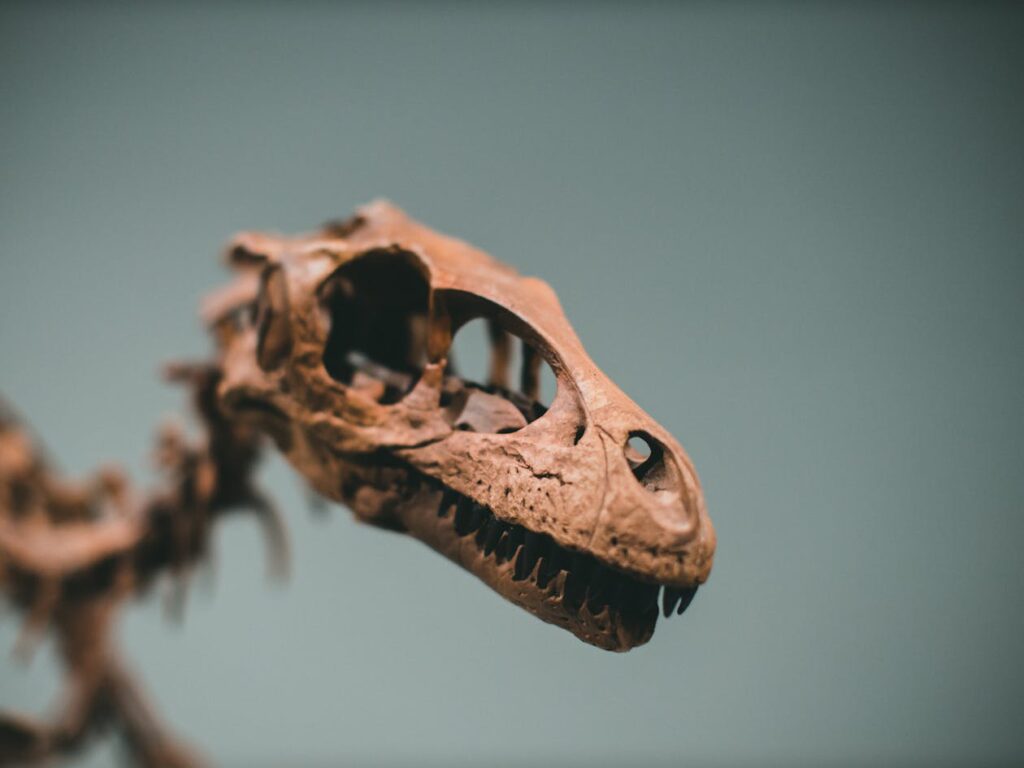
Museum storage facilities worldwide contain millions of specimens that haven’t received comprehensive modern analysis. Each collection represents decades or centuries of careful gathering, preservation, and documentation by dedicated scientists and collectors.
New technologies regularly transform our ability to extract information from old specimens. Techniques that seemed impossible just decades ago now provide routine analytical capabilities, revealing previously hidden details about prehistoric life.
Graduate students and researchers continue making surprising discoveries in established collections. Fresh eyes, modern training, and advanced equipment combine to reveal secrets that earlier generations of scientists couldn’t detect.
From Mineral Collection to Dinosaur Nursery
Rewriting specimen labels after 175 years demonstrates how scientific knowledge advances through careful observation, technological innovation, and a willingness to challenge established interpretations. Museums must strike a balance between respecting historical classification systems and accuracy based on current understanding.
The professional paleontology and geology communities welcomed the news of this reidentification enthusiastically. Each discovery adds evidence to ongoing debates about dinosaur behavior, prehistoric environments, and fossilization processes that operated millions of years ago.
Understanding titanosaur reproductive behavior benefits from every discovery of an egg. Each specimen provides data about clutch sizes, nesting locations, egg spacing patterns, and environmental conditions that influenced successful reproduction.
One curator’s observation during a French mineral show transformed a Victorian-era specimen into a window onto prehistoric parenting strategies. Scientific progress depends on curiosity, collaboration, and the courage to question assumptions that previous generations accepted without challenge.
Next time you visit a museum, remember that every display case contains stories still being written. Behind each label lies a history of discovery, misidentification, reinterpretation, and ongoing mystery. Somewhere in those storage rooms, specimens wait patiently for their moment of revelation—when modern eyes will finally see what earlier generations missed.
Science’s most incredible adventures often begin with simple questions about familiar objects. What if this isn’t what we think it is? What story might this specimen tell if we knew how to listen? Sometimes, the most profound discoveries hide in plain sight, waiting for curiosity to unlock secrets that time has carefully preserved.
Featured Image Source: Natural History Museum
Loading...

